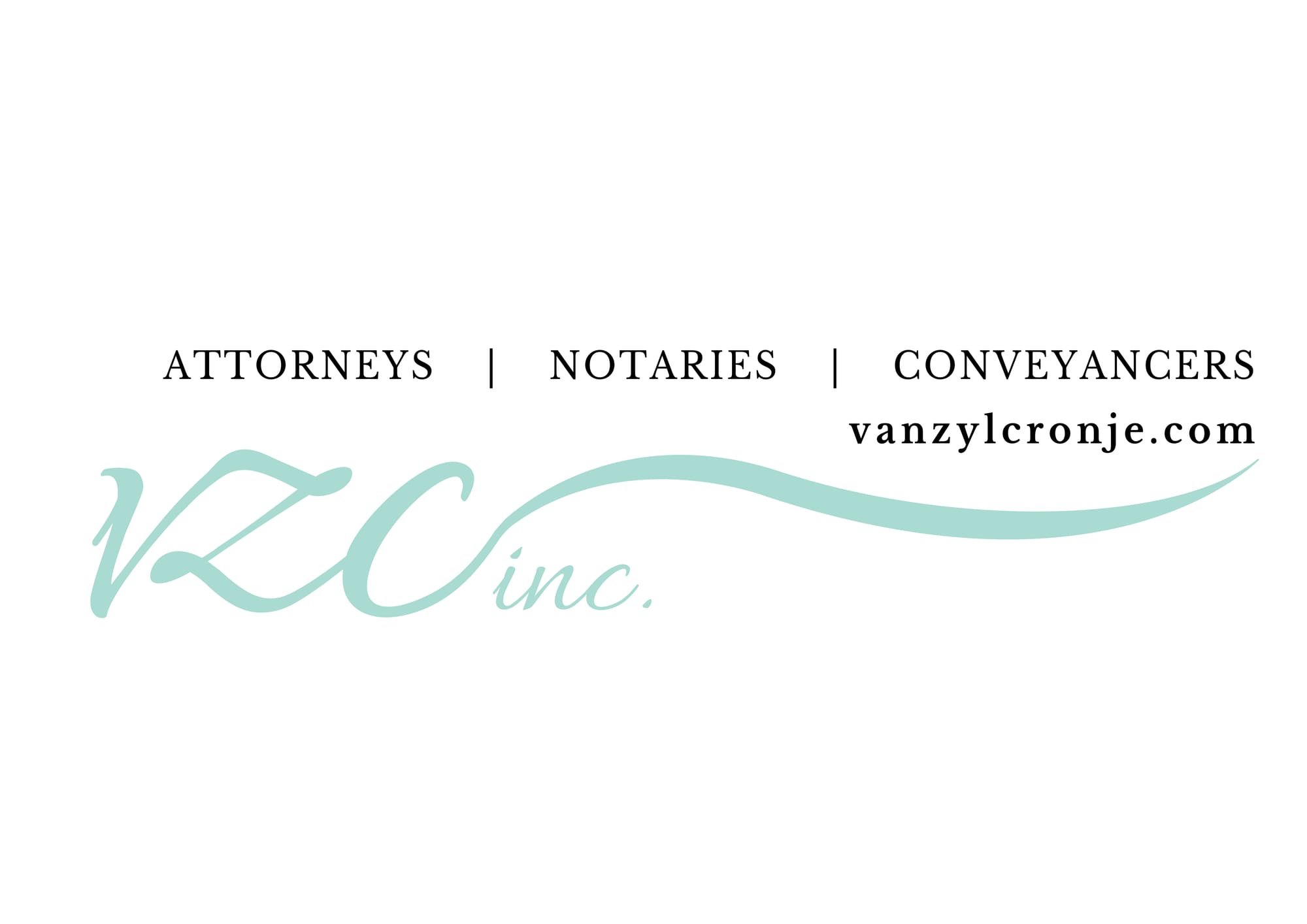Covid-19: Employers have a legal duty of care towards employees.

The Department of Employment and Labour has appealed to employers to use the prescriptions of the Occupational Health and Safety (OHS) Act of 1993 in governing workplaces in relation to Coronavirus Disease 2019 COVID–19.
Employers have a legal duty of care towards employees, consequential it is a requirement to provide and maintain a safe working environment without risks to the health of employees.
Section 8(2)(b) requires steps such as may be reasonably practicable to eliminate or mitigate any hazard or potential hazard before resorting to personal protective equipment (PPE). However, in the case of COVID–19, a combination of controls is required, although the main principle is to follow the hierarchy of controls.
Before the implementation of control measures, current risk assessments need to be reviewed and updated, taking into account the new hazards posed by exposure to COVID-19 in the workplace. This is in accordance with Section 8 (2) (d) of the OHS Act.
The Department wishes to appeal to employers who have not prepared for pandemic events to prepare themselves and their workers as far in advance as possible of potentially worsening outbreak conditions. The Department advises employers to “go back to basics" by conducting hazard identification and risk assessment to determine the level of risk exposure and communicate to all workers.
The Department has developed a COVID-19 guideline. This COVID-19 planning guidance was developed based on traditional infection prevention and occupational hygiene practices. It focuses on the need for employers to implement the following:
Engineering controls
These include:
- Isolating employees from work-related hazards,
- Installing high-efficiency air filters,
- Increasing ventilation rates in the work environment and installing physical barriers such as face shields to provide ventilation.
Administrative controls
These controls require action by the employee and employer, including:
- Encouraging sick workers to stay at home;
- Minimising contact among workers, clients and customers by replacing face-to-face meetings with virtual communications e.g. conference calls, Skype, etc.;
- Minimising the number of workers on-site at any given time e.g. rotation or shift work;
- Discontinuing nonessential local and international travel;
- Regularly check travel advice from the Department of Health at: www.health.gov.za;
- Developing emergency communications plans, including a task team for answering workers’ concerns and internet-based communications;
- If feasible, providing workers with up-to-date education and training on Covid-19 risk factors and protective behaviours (e.g. cough etiquette and care of PPE);
- Training workers who need to use protective clothing and equipment on how to put it on, use/wear it and take it off correctly, including in the context of their current and potential duties.
Safe Work Practices
These include:
- Procedures for safe and proper work used to reduce the duration, frequency, or intensity of exposure to a hazard.
- Provide resources and a work environment that promotes personal hygiene.
- For example, no-touch refuse bins, hand soap, alcohol-based hand rubs containing at least 70% alcohol, disinfectants, and disposable towels for workers to clean their hands and their work surfaces, regular hand washing or using of alcohol-based hand rubs, and display handwashing signs in restrooms.
Personal Protective Equipment (PPE)
- While engineering and administrative controls are considered more effective in minimising exposure to SARS-CoV-2, PPE may also be needed to prevent certain exposures, the department said.
- Examples of PPE include: gloves, goggles, face shields, face masks, gowns, aprons, coats, overalls, hair and shoe covers and respiratory protection, when appropriate.
- Employers should check the NICD website regularly for updates about recommended PPE.
Employers and workers should use this planning guidance to help identify risk levels in workplace settings and to determine any appropriate control measures to implement. Additional guidance may be needed as COVID-19 outbreak conditions change. In the event that new information about the virus, its transmission, and impact, becomes available you may have to modify your plans accordingly.
For employers who have already planned for influenza outbreaks involving many staff members, planning for COVID-19 may involve updating plans to address the specific exposure risks, sources of exposure, routes of transmission, and other unique characteristics of respiratory infections (i.e., compared to influenza virus outbreaks).
In the case of suspected exposure contact the coronavirus hotline in South Africa: 0800 02 9999
Information obtained from the below website: 17 March 2020
People who contract the virus will have to use their paid sick leave days to recover, or to be in self-isolation. Each employee is entitled to 6 weeks (30days) paid sick leave for each 3 year cycle.
The Compensation for Occupational Injuries and Diseases Act (COIDA) states that workers are entitled to claim compensation under specific circumstances.
“Workers who are injured on duty or obtain an occupational disease can claim compensation for temporary or permanent disablement. If workers die as a result of an injury on duty, their dependants will also be entitled to claim compensation. Employers that register their employees are protected against civil claims in this regard,” reads the Act.
For any assistance in risk management and compliance feel free to contact our offices on 041-3732182 alternatively email cezanne@vanzylcronje.co.za.


